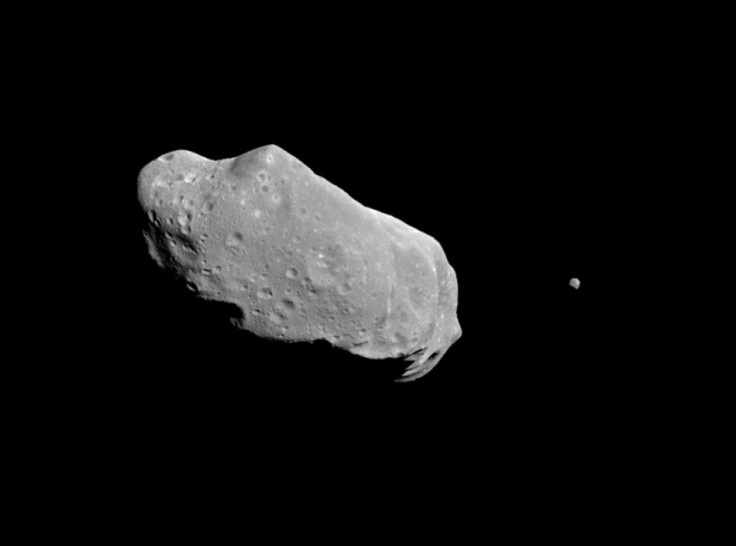Solar-Powered Lasers To Zap Asteroids

Solar-powered lasers can be used to zap the near-to-earth asteroids before they can come close to earth.
Scientists from the University of Strathclyde are planning to zap the Near Earth Objects (NEOs) by using solar-powered lasers.
NEOs are those asteroids whose orbits allow them to come very close to earth. They claim that in the near future there are likely chances of some asteroids hitting the earth. They believe this device could be used to zap asteroids before they could hit earth.
On an average, every 26-30 million years a 10-km sized asteroid strikes the earth, while every 100 years there is a Tunguska class (100m in size) asteroid impact. Each of these impacts permanently alters the characteristics of our planet to varying degrees, according to the scientists.
Over the last few years, the possible scenario of an asteroid threatening to impact the earth has stimulated an intense debate among the scientific community about possible deviation methods.
Recently, the 2012 KT42 asteroid came quite close to earth. Scientists claim that in the near future there will be more asteroids coming very close to earth, some even posing a great threat to our planet.
One such asteroid which could pose a threat to earth is asteroid 2011 AG5. Discovered in 2011, the asteroid is about 140 metres. Scientists claim that this asteroid will likely hit our earth in the year 2040.
The only way to safeguard our earth from asteroid attack is by using solar-powered lasers. Scientists claim that the solar laser could be easy built compared to other lasers and they do not consume much energy.
Earlier, scientists had designed a nuclear laser for this purpose, but they found that the nuclear laser consumes more energy. Scientists have designed a laser that runs completely on solar power, according to a BBC report.
Scientists claim that further research should be done on the laser. This will help them to develop a most powerful laser.
"Further studies are being carried out, on more mitigation strategies and the effectiveness of all the different schemes is being analysed, depending on physical and orbital characteristics of the asteroids," said Massimiliano Vasile, scientist at the University of Strathclyde, in a statement.
© Copyright IBTimes 2024. All rights reserved.





